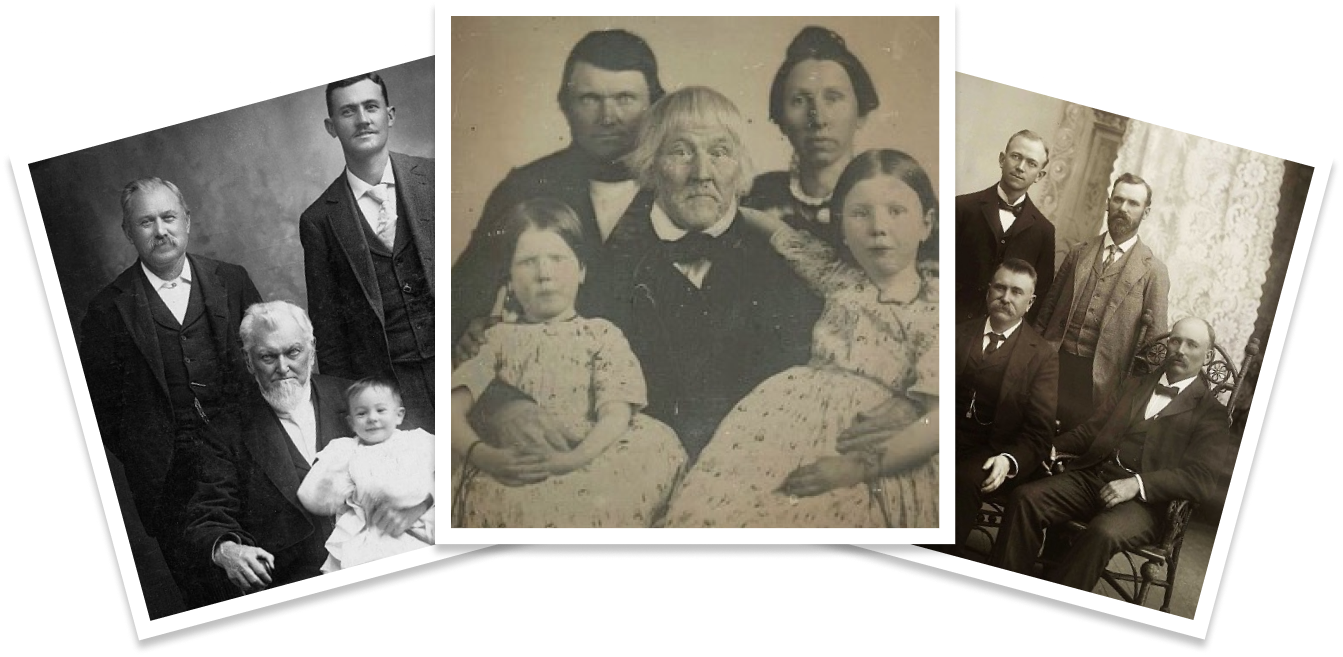By Their Fruits: Recognizing The Calling of Our Leaders According to Wilford Woodruff
by Christian Decker
The time had come, the moment had been prepared. Elijah surrounded himself with his friends and embarked on a final tour of Israel. From Beth-El to Jericho, from Jericho to Jordan, this small band of believers knew in their hearts that their dear prophet would soon depart (2 Kings 2:3). Dividing the waters, he sought solitude with his closest friend on the other side of the Jordan river. As the heavens finally carried up Elijah, the mantleship and responsibility of being the spiritual leader of Israel fell upon Elisha. With the sons of the prophets watching, “[Elisha] took the mantle of Elijah that fell from him, and smote the waters, and said, Where is the Lord God of Elijah? and when he also had smitten the waters, they parted hither and thither: and Elisha went over. And when the sons of the prophets which were to view at Jericho saw him, they said, The spirit of Elijah doth rest on Elisha” (2 Kings 2: 14-15). And he would go on to follow in the footsteps of his predecessor, performing miracles and preaching repentance as if Elijah never left.
With the martyrdom of the Prophet Joseph Smith in 1844, many began to wonder who would follow their dear leader. Sidney Rigdon offered himself as a potential leader, yet something didn’t sit right with Wilford Woodruff; Sidney Rigdon was no Elisha in his mind. As Elder Woodruff wrote to the Saints in the Millenial Star, “Has [Sidney Rigdon] stood by the side of the prophet and patriarch as a true friend, to assist in carrying them through their trials, tribulations, and persecutions? Has he walked up into his place as a man of God, and stood beside the prophet as his counsellor?”1 For Woodruff, the answer to his questions was an emphatic “no!” If one must judge the fruits of a man, then Woodruff found Rigdon’s fruit bitter and unworthy. Instead he implored the early Saints to look upon the example of Brigham Young, asking, “Has [Brigham Young] ever deserted Joseph, Hyrum, his brethren, or the cause, in one instance, since the foundation of this church? No, never, in one instance. He has always been ready to go and come at the bidding of the Lord… He has borne off the keys of the kingdom of God in connexion with the Twelve, with honour and dignity, since they were committed to his charge.”2
That is incredibly comforting for me when thinking about our day. I only need to look at the character and actions of our current prophet to understand that he walks the same path as Joseph Smith, Elijah, Elisha, and ultimately Jesus Christ. There is a prophet in Israel, and we can judge his fruits to be fair. The Lord knows our time is tumultuous, but He has prepared His leaders to guide the Church as they always have, by following the Gospel and path set by the Savior.
This is what I love about working to prepare Wilford Woodruff’s discourses for publication. It is as if I get to sit down with this great man and hear his words for myself. There is a wealth of spiritual insights that can provide clarity to our often tumultuous world. And I hope as the Wilford Woodruff Papers Foundation continues its work that you will have similar experiences in the months and years to come.
_________________________________________________________________________________________________________________
Discover the Wilford Woodruff Papers Project by exploring wilfordwoodruffpapers.org.
If you are willing to volunteer your time and talents and be a part of this historic undertaking, please send an email to contact@wilfordwoodruffpapers.org.
To financially support our transcription and research teams, you can make a donation or contact us at support@wilfordwoodruffpapers.org for more information.
_________________________________________________________________________________________________________________
[1] “The Latter-day Saints' Millennial Star Vol. 05,” BYU Library Digital Collections, Brigham Young University, physically published 1844, digitally published 2003, https://contentdm.lib.byu.edu/digital/collection/MStar/id/341/rec/5.
[2] Ibid.


